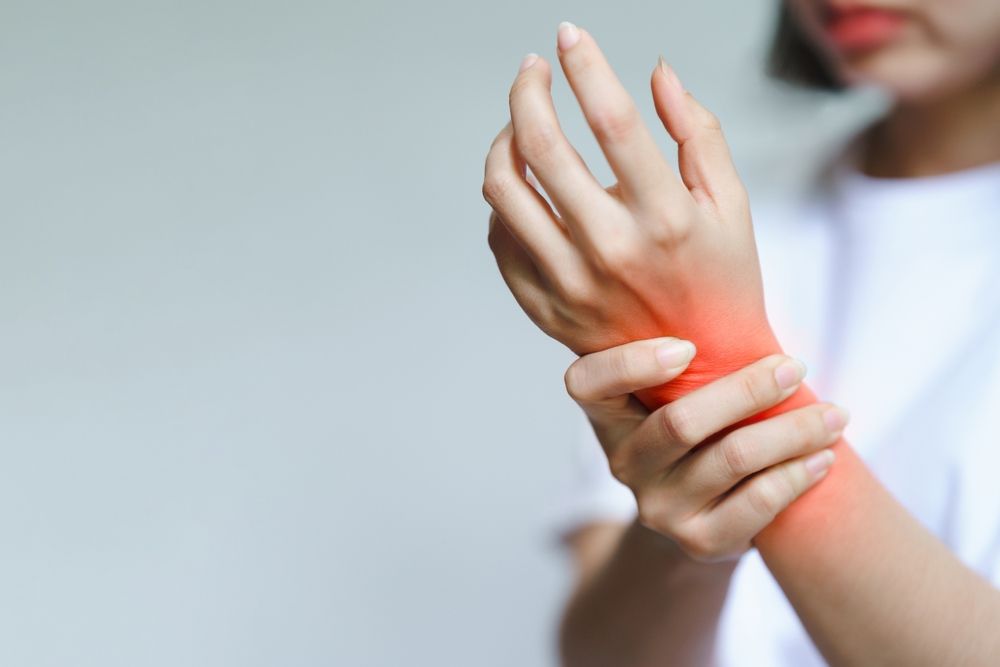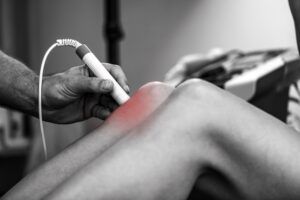Tendonitis, or inflammation of the tendons, is a common condition among athletes of all levels. The repetitive motions involved in sports can strain tendons, leading to pain, stiffness, and a diminished ability to perform. At Premier Orthopaedics & Sports Medicine, P.C., with locations in Bloomfield, Englewood, and Union City, NJ, we specialize in managing and treating tendonitis to help athletes recover effectively and return to their peak performance.
What Is Tendonitis?
Tendonitis occurs when tendons, the connective tissues that attach muscles to bones, become inflamed. This condition is often the result of repetitive use, overloading, or sudden increases in activity intensity. Tendonitis can affect any tendon in the body, but it commonly develops in areas like the shoulders, elbows, knees, wrists, and ankles.
Common types of tendonitis include:
- Tennis elbow (lateral epicondylitis): Pain on the outer elbow caused by repetitive wrist and arm movements.
- Golfer’s elbow (medial epicondylitis): Inner elbow pain associated with gripping or wrist flexion.
- Achilles tendonitis: Inflammation in the tendon connecting the calf muscle to the heel.
- Patellar tendonitis (jumper’s knee): Pain at the base of the kneecap, often from jumping or running.
Symptoms of Tendonitis
The symptoms of tendonitis can vary depending on its severity and location. Athletes should be aware of the following signs:
- Pain and tenderness along the affected tendon.
- Swelling or mild redness in the area.
- Stiffness, especially in the morning or after periods of inactivity.
- Weakness or difficulty moving the affected joint.
Ignoring these symptoms can lead to chronic tendonitis or more severe complications, such as tendon rupture.
Risk Factors for Tendonitis in Athletes
Several factors increase the risk of tendonitis in athletes, including:
- Repetitive movements: Sports involving repetitive motions, such as tennis, running, or swimming.
- Improper technique: Incorrect form or posture can strain tendons unnecessarily.
- Sudden changes in activity: Abrupt increases in training intensity or frequency.
- Inadequate warm-ups: Skipping warm-ups or stretches can lead to stiffness and increased vulnerability.
- Age: Tendons lose elasticity and strength with age, making them more susceptible to injury.
Effective Treatment Options for Tendonitis
The treatment of tendonitis focuses on reducing inflammation, relieving pain, and restoring function. At Premier Orthopaedics & Sports Medicine, we offer evidence-based therapies tailored to each athlete’s specific condition.
Common treatment methods include:
- Rest and activity modification: Reducing or avoiding activities that exacerbate symptoms.
- Ice therapy: Applying ice packs to the affected area to reduce inflammation and pain.
- Physical therapy: Strengthening and stretching exercises to improve flexibility and reduce strain.
- Medications: Nonsteroidal anti-inflammatory drugs (NSAIDs) to manage pain and swelling.
- Bracing or splinting: Supporting the tendon to limit stress during recovery.
- Corticosteroid injections: Targeted injections to alleviate severe inflammation, used selectively to prevent complications.
Advanced Therapies for Severe Cases
For athletes with chronic or severe tendonitis, advanced therapies may be necessary to promote healing and recovery. These may include:
- Platelet-rich plasma (PRP) injections: Using concentrated platelets from the patient’s own blood to stimulate tissue repair.
- Shockwave therapy: Non-invasive treatment to promote blood flow and tendon regeneration.
- Surgical intervention: Rarely required but may be an option for cases of significant tendon damage or rupture.
Preventing Tendonitis: Key Strategies
Prevention is essential for minimizing the risk of tendonitis and ensuring long-term athletic performance. Athletes should prioritize the following strategies:
- Proper warm-ups and cool-downs: Incorporate dynamic stretches before activity and static stretches afterward.
- Strength training: Build muscle strength around tendons to reduce stress during repetitive movements.
- Gradual progression: Increase training intensity, frequency, and duration incrementally.
- Correct technique: Work with trainers or coaches to refine form and biomechanics.
- Recovery time: Allow sufficient rest between training sessions to prevent overuse.
Tips for Long-Term Tendon Health
Maintaining tendon health requires ongoing care and attention. Athletes can incorporate the following practices to reduce strain and promote recovery:
- Alternate high-impact activities with low-impact exercises, such as swimming or cycling.
- Use ergonomic equipment or gear tailored to your sport and individual needs.
- Pay attention to early signs of discomfort and seek prompt treatment when necessary.
Supporting Your Performance with Expert Care
Tendonitis doesn’t have to sideline your athletic pursuits. With the right care and preventive strategies, athletes can minimize pain, enhance recovery, and maintain their performance. At Premier Orthopaedics & Sports Medicine, P.C., we are dedicated to providing comprehensive care for athletes in Bloomfield, Englewood, and Union City, NJ.
Recovering from tendonitis is not just about managing pain—it’s about optimizing overall function and preventing future issues. By taking a proactive approach to treatment and prevention, athletes can continue pursuing their passion with confidence and reduced risk of injury.
Sources
- Kannus, P. (1997). Tendon Injuries and Overuse Tendinopathies in Sports. Sports Medicine.
- Maffulli, N., Longo, U. G., & Denaro, V. (2010). Tendinopathy of Human Tendons and Its Basic Science. British Journal of Sports Medicine.
- Khan, K. M., Cook, J. L., Bonar, F., et al. (1999). Histopathology of Common Tendinopathies: Update and Implications for Clinical Management. Sports Medicine.




